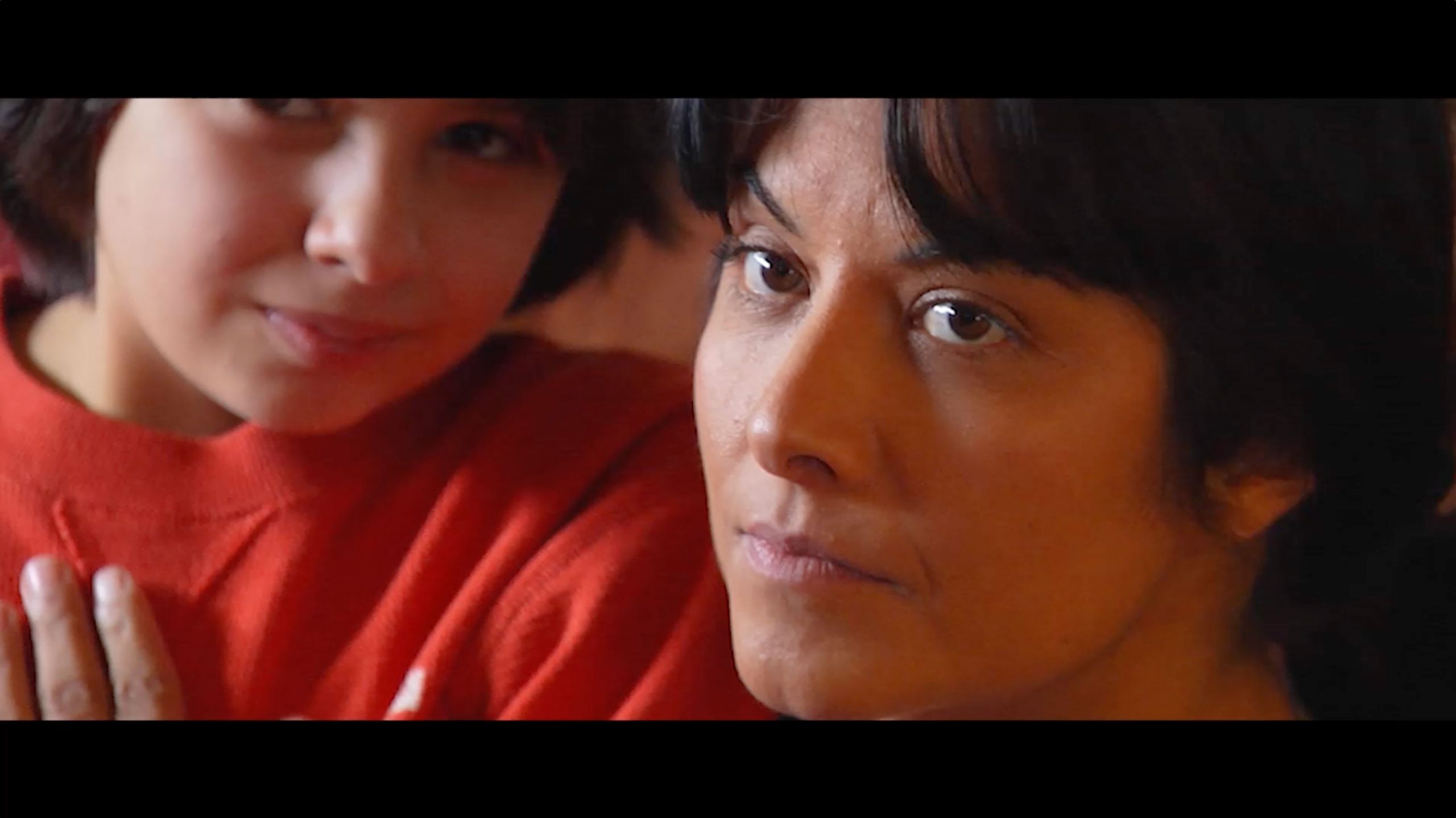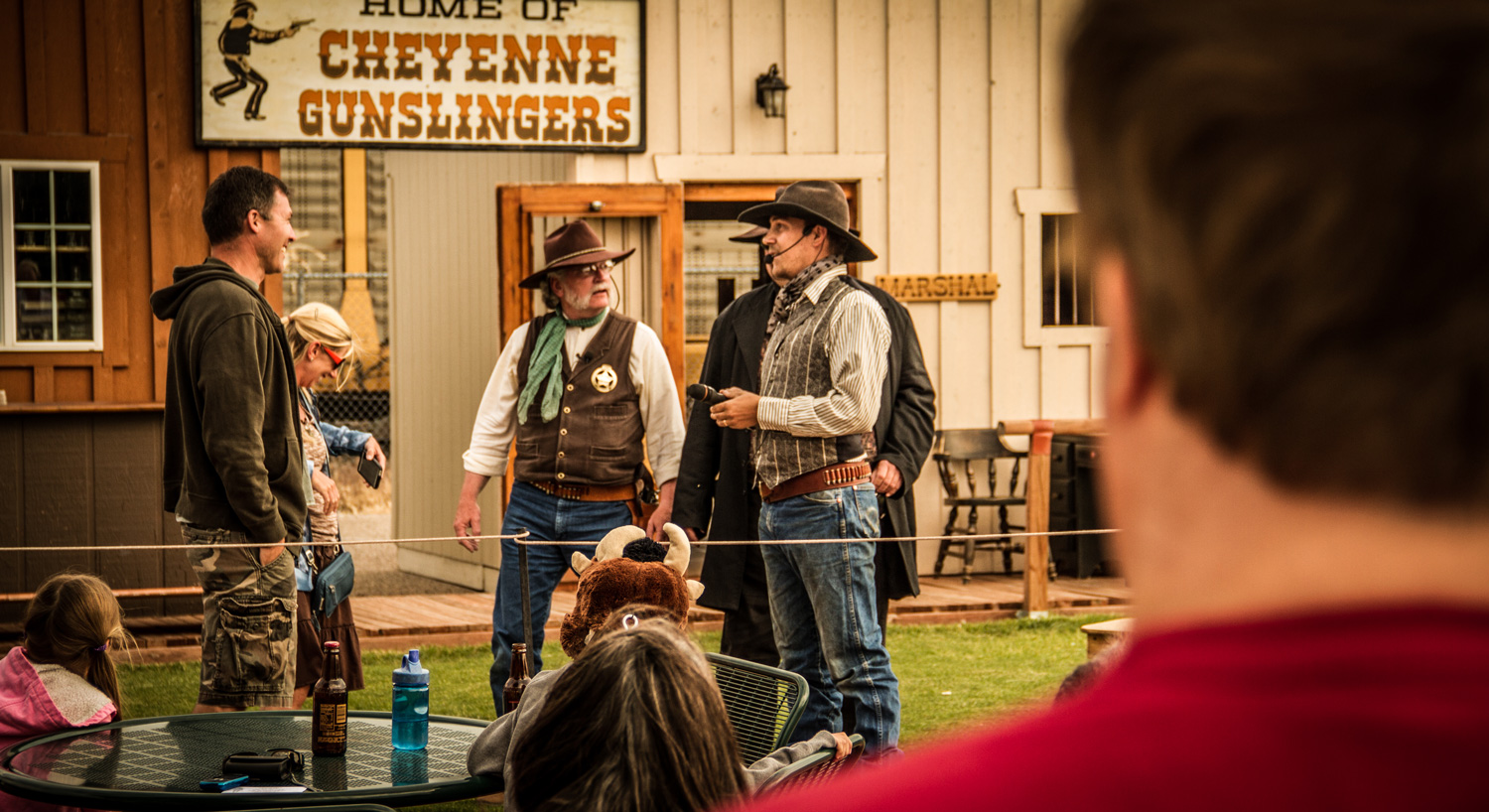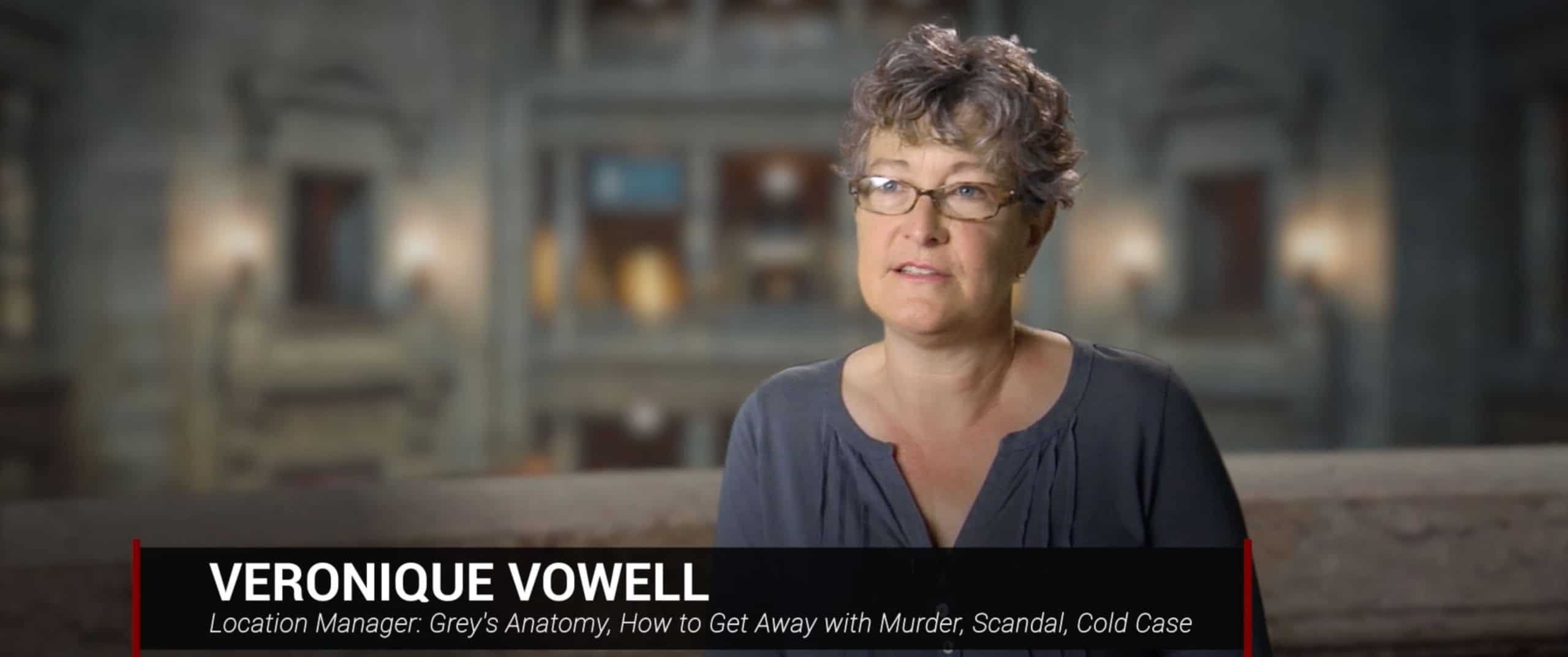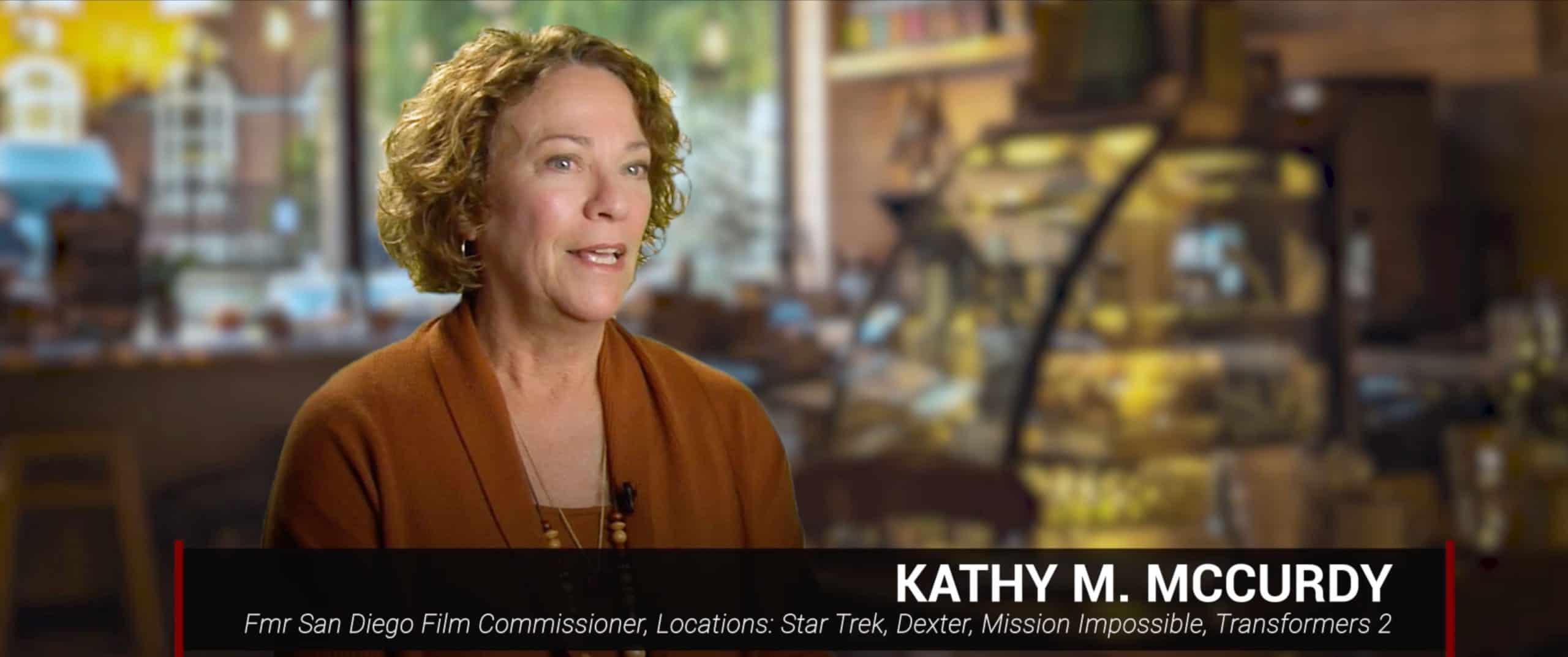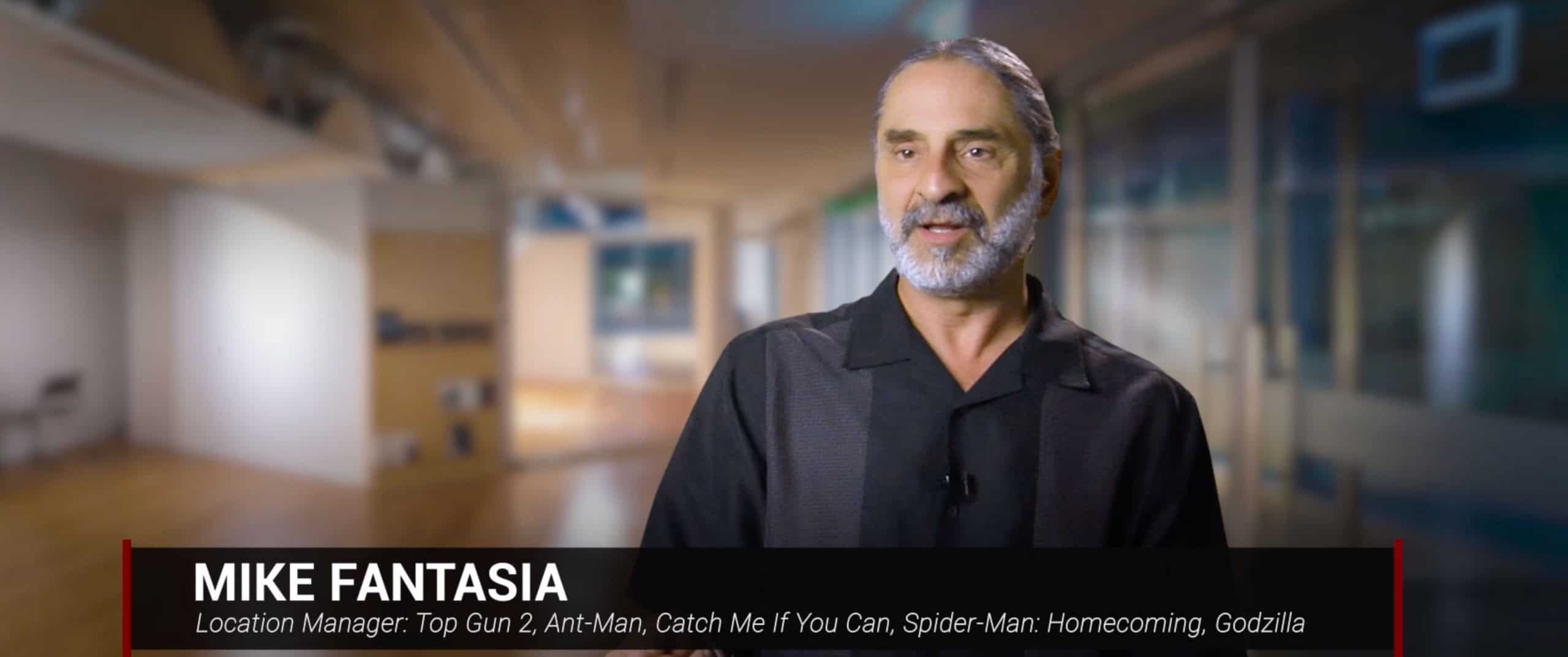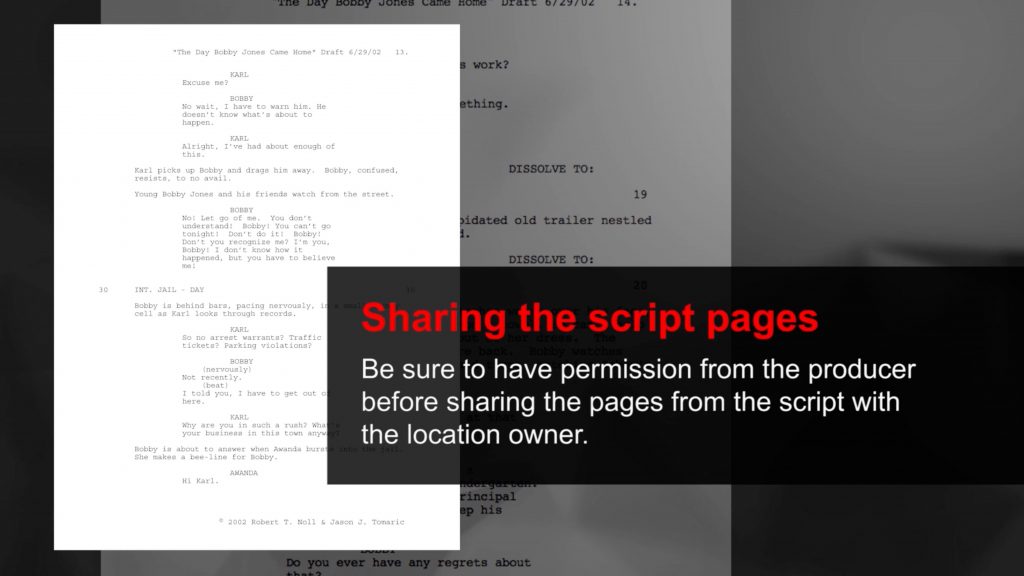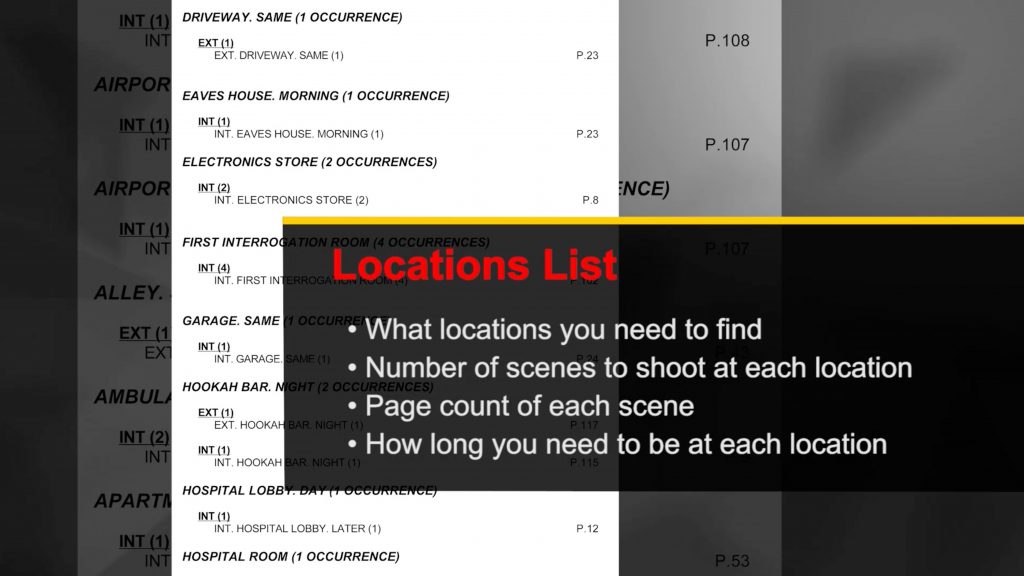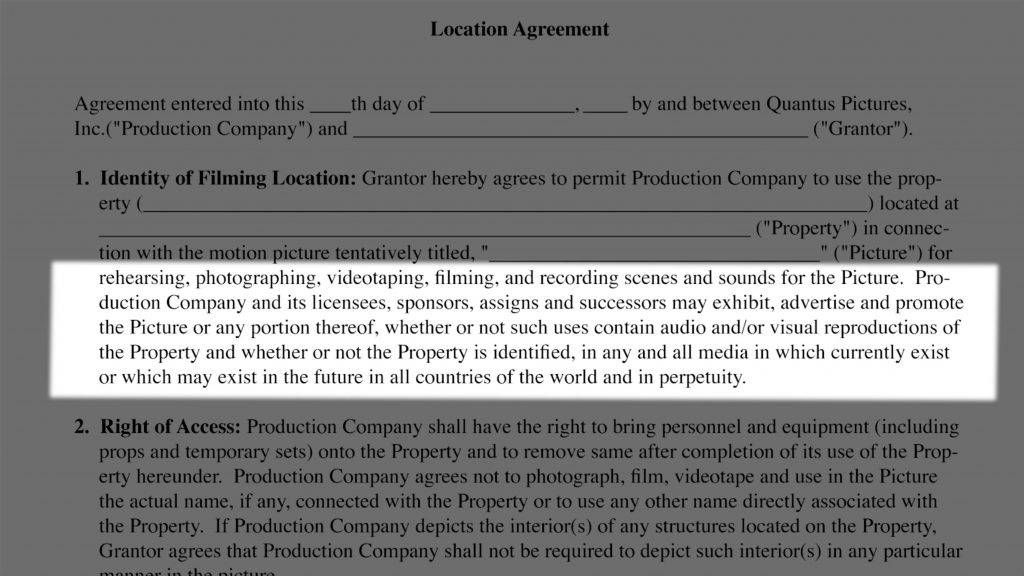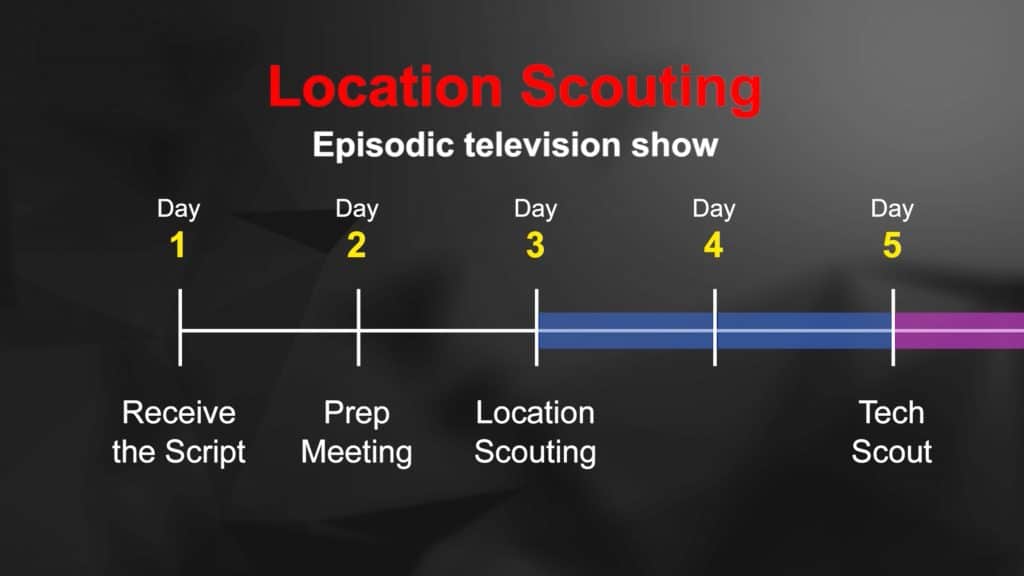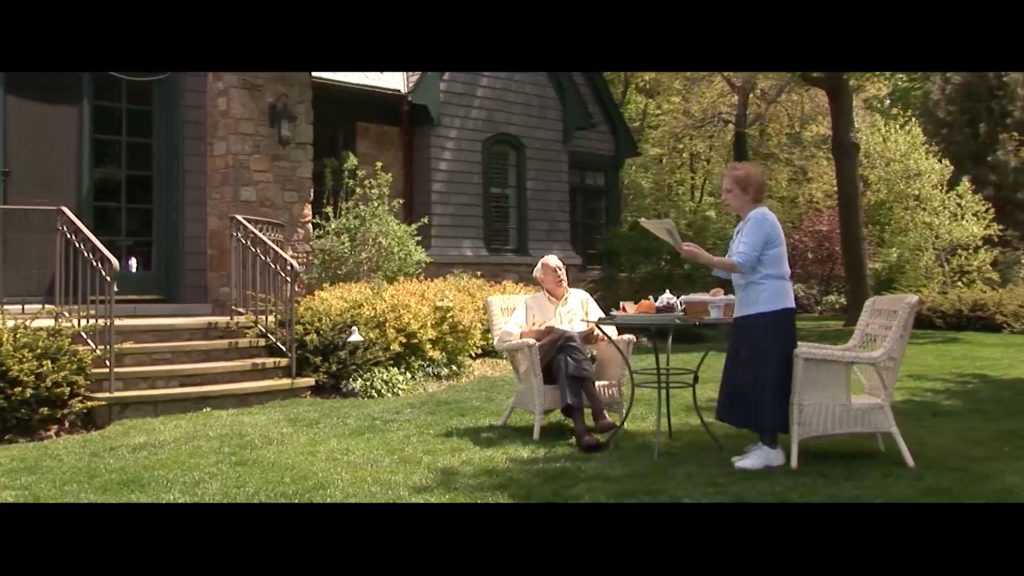All newly update lessons reveal to students how professionals direct actors on set for convincing, authentic performances.
And as with all FilmSkills Academic lessons, the new location lessons come complete with test questions, fully illustrated companion text, and downloadable contracts and forms students can use on their own productions.
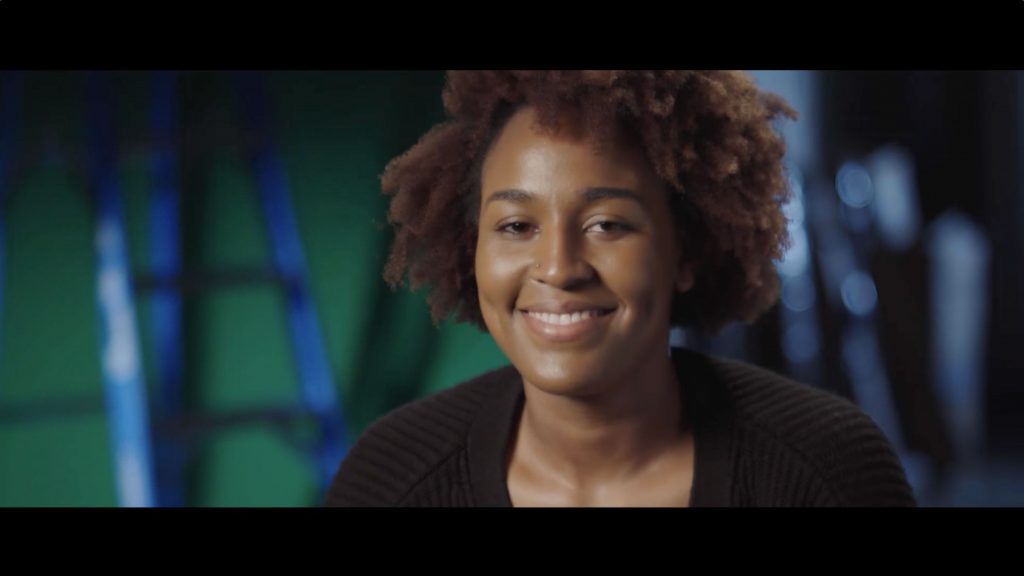
Lesson 1
Analyzing Character
Characters, like people in real life, function on different levels. They often don’t say what they mean, are driven by their own ambitions, and are shaped by their past – whether that past is from their childhood or a mere moment ago.
In this lesson, students learn directing techniques to help actors determine the subtext, intent, and back story of their characters. Students learn to develop their directing skills and help their actors portray honest, memorable characters.
- What is the actor’s role in preparing a character?
- What is subtext and how can the director and actor find this inner meaning of a scene
- What is intent and how does it shape the actor’s motivations
- What is back story and how do you craft the proper history for a character?
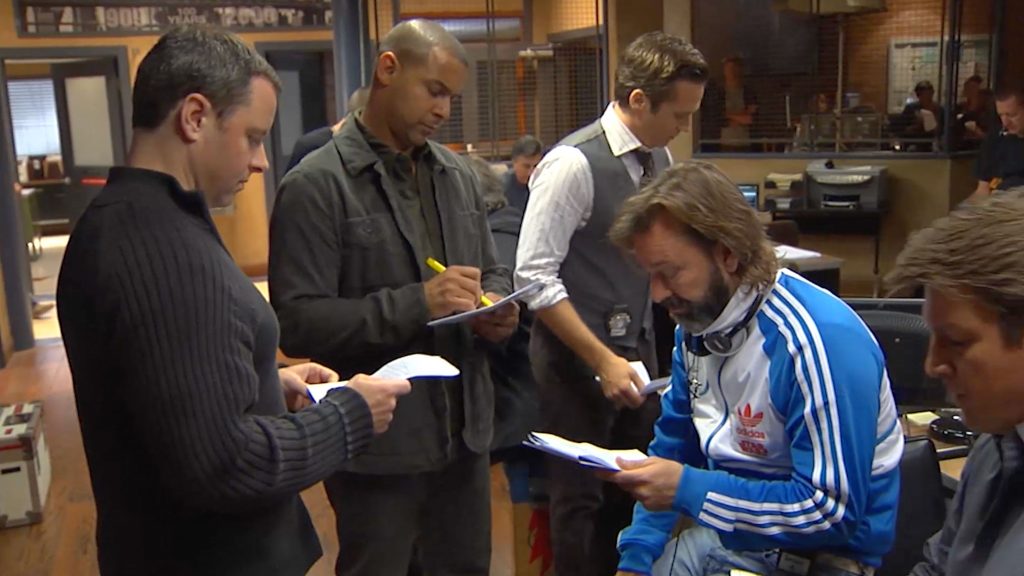
Lesson 2
Rehearsing Actors
Once the actors are cast, it’s time to begin working with them to flesh out real, breathing characters full of life, depth, problems, issues and challenges.
In this lesson, students learn how to structure rehearsals, how to conduct a table read, and what the responsibilities are of the director and actors.
There is a fine line between nurturing and smothering when working with actors – know where that line is, and how to get the most our of your rehearsals.
- How to conduct a table read
- What should happen during the first rehearsal
- What is the actor’s responsibility during rehearsals
- What is the director’s responsibility during rehearsals
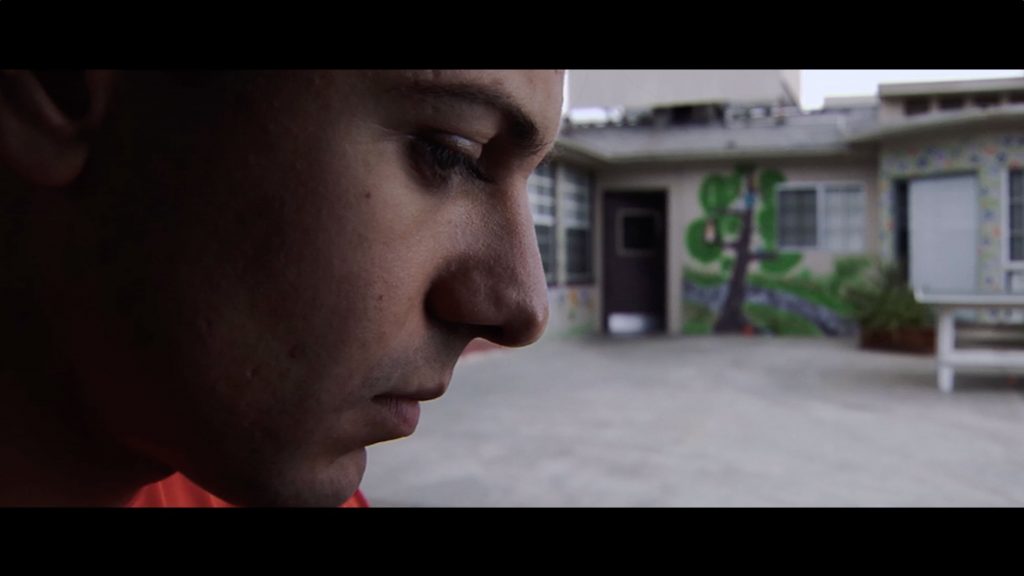
Lesson 3
Rehearsal Exercises
Characters are created before the actors ever step on the set – the performance is created from elaborate backstories, layered subtext, and infused intent in every line. But with all this work, actors can get stuck in their heads and lose the sense of spontaneity when the camera rolls.
In this lesson, students learn valuable techniques from working Hollywood directors to get to the heart of the actors’ performance, learn rehearsal techniques from developing the character to overcoming mental blocks on the set.
In the heat of the moment, the actors will always look to the director for help… make sure you know how to give it.
- Tips, tricks and techniques for helping actors give you the best performance
- Advice from working Hollywood directors
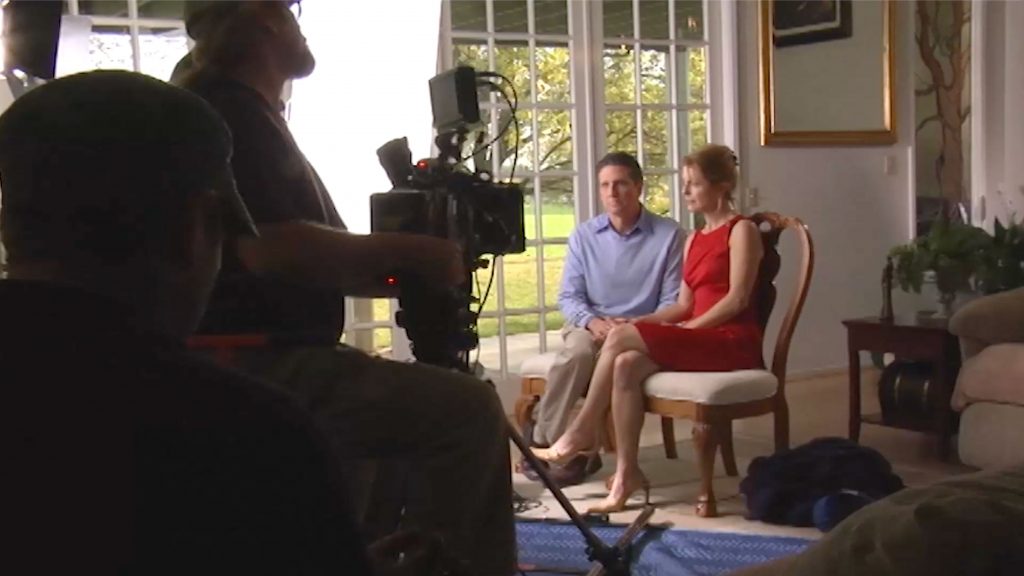
Lesson 4
The Language of Directing Actors
The key to achieving excellent performances is good communication between the actors and the director. Like other industries, directing has its own language that allows a director to succinctly express his vision in a way the actors can embrace.
In this lesson, students learn from Hollywood actors and directors on how to approach and work effectively with actors on set, how to deal with problematic actors, and how to communicate in the actor’s language.
Great performances are made from great collaborations – get everything you can out of your cast for the best movie possible.
- How to establish trust and communication with your actors
- How to know what you want
- The language of acting
- What to do when you’re not getting the performance you want on set
- The actor/director relationship
- The types of directors
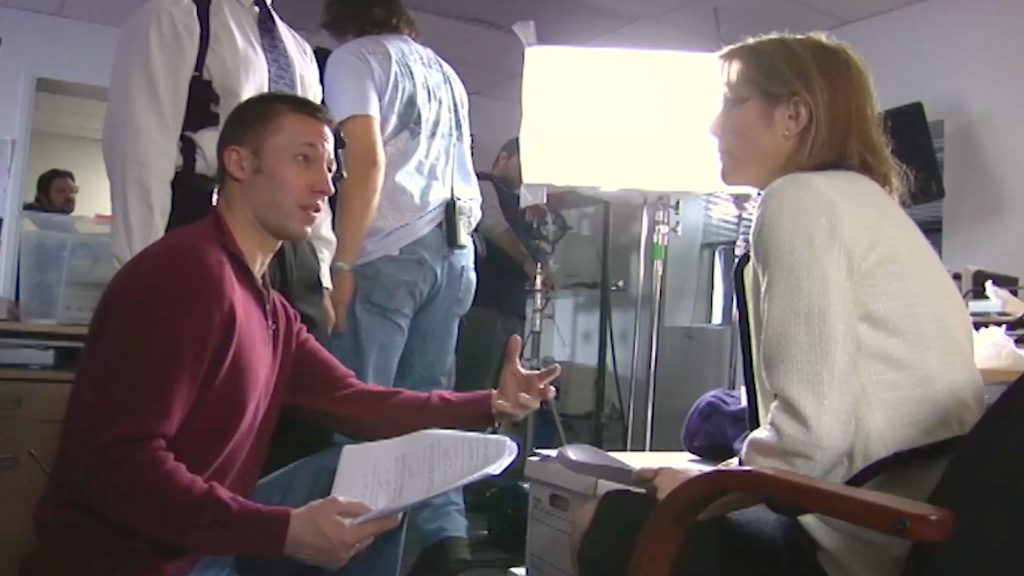
Lesson 5
Directing Actors on Set
When working with actors on set remember they have a lot to think about: their back story, their intent, and their subtext. What you say can either strengthen their performance or weigh it down. To hone just the right performance – your words matter.
In this lesson, students learn what to say to an actor at the beginning of every scene – within 30 seconds before they call action and 30 seconds after you call cut, learn how to rehearse on set, establish strong blocking, and how to help actors balance their performance with the technicalities of film production.
The director is the only life line to the actors, and what they say can make or break an actor’s performance.
This lesson covers:
- What to say to an actor 30 seconds before you call “Action”
- What to say to an actor immediately after calling “Cut”
- The three points that lead to fail-proof direction
- How to balance performance with picture
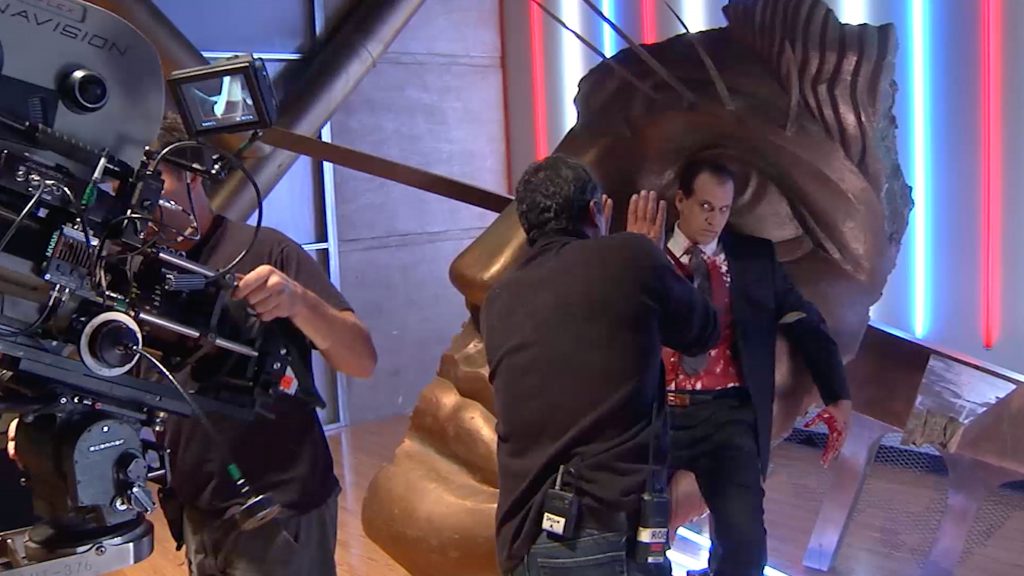
Lesson 6
Directing Mistakes
Working Hollywood actors and directors share their personal experiences with the most common directing mistakes and how to avoid them.
In this lesson, students learn to identify common directing problems and how to fix them to ensure they get the best performance on set possible.
Don’t let these common directing errors affect your cast, your production, and ultimately, your movie.
- The most common mistakes directors make
- How to avoid and resolve these mistakes
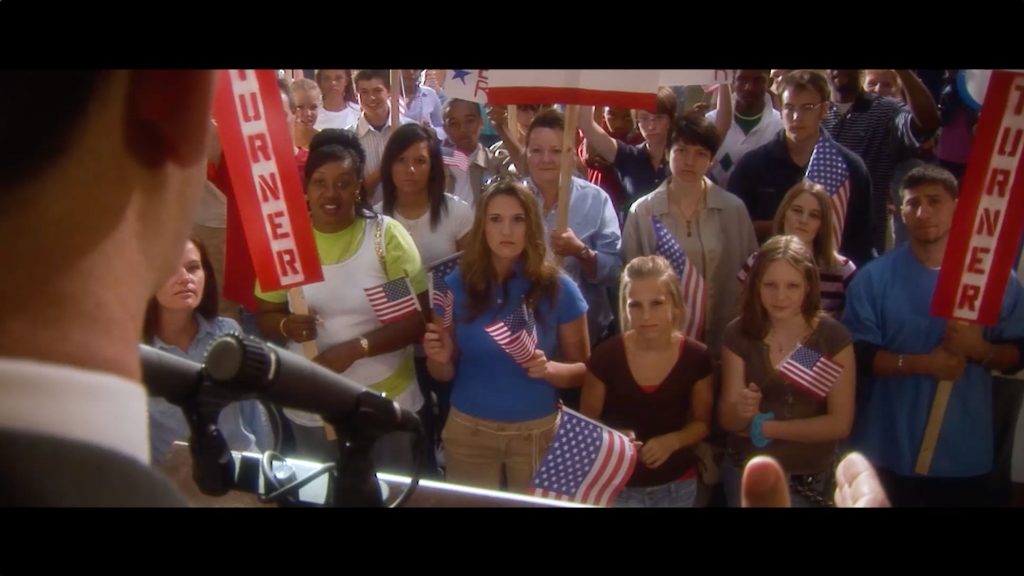
Lesson 7
Directing Extras
Movies have long used extras to breathe a sense of realism into a scene. Extras are non-speaking actors who populate the background of a diner, a stadium or a store to more closely recreate real life. For a filmmaker, extras are a great tool to have.
In this lesson, students learn how to find extras, the right way to direct them, how to cheat them on set, liability concerns and how to avoid them, logistics on the shooting day, and the most common problems filmmakers encounter when working with extras.
Whether you’re working with thousands on a battlefield or just a small handful in coffee shop, create a realistic backdrop of life for your scene.
- How to cast extras
- How to cheat extras to increase their numbers on screen
- Logistics the day of the shoot
- Liability issues and how to avoid them
- How to direct extras

